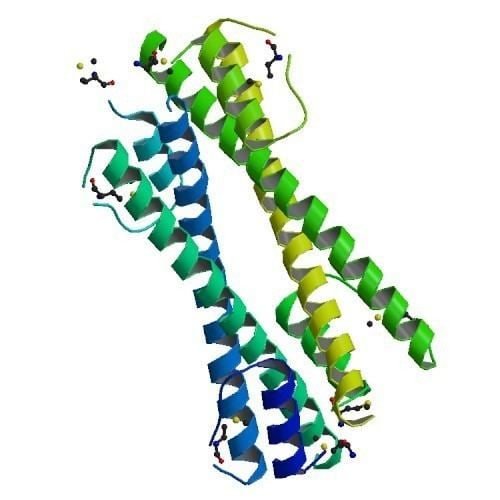Entrez 613 | Ensembl ENSG00000186716 | |
 | ||
Aliases BCR, Bcr, 5133400C09Rik, AI561783, AI853148, mKIAA3017, ALL, BCR1, CML, D22S11, D22S662, PHL, RhoGEF and GTPase activating protein, BCR gene External IDs MGI: 88141 HomoloGene: 3192 GeneCards: BCR | ||
The breakpoint cluster region protein (BCR) also known as renal carcinoma antigen NY-REN-26 is a protein that in humans is encoded by the BCR gene. BCR is one of the two genes in the BCR-ABL complex, which is associated with the Philadelphia chromosome. Two transcript variants encoding different isoforms have been found for this gene.
Contents
Function
Although the BCR-ABL fusion protein has been extensively studied, the function of the normal BCR gene product is not clear. The protein has serine/threonine kinase activity and is a GTPase-activating protein for RAC1 and CDC42.
Clinical significance
A reciprocal translocation between chromosomes 22 and 9 produces the Philadelphia chromosome, which is often found in patients with chronic myelogenous leukemia. The chromosome 22 breakpoint for this translocation is located within the BCR gene. The translocation produces a fusion protein that is encoded by sequence from both BCR and ABL, the gene at the chromosome 9 breakpoint.
Structure
The Bcr-Abl oncoprotein oligomerisation domain found at the N-terminus of BCR is essential for the oncogenicity of the BCR-ABL fusion protein. The Bcr-Abl oncoprotein oligomerisation domain consists of a short N-terminal helix (alpha-1), a flexible loop and a long C-terminal helix (alpha-2). Together these form an N-shaped structure, with the loop allowing the two helices to assume a parallel orientation. The monomeric domains associate into a dimer through the formation of an antiparallel coiled coil between the alpha-2 helices and domain swapping of two alpha-1 helices, where one alpha-1 helix swings back and packs against the alpha-2 helix from the second monomer. Two dimers then associate into a tetramer.
Interactions
BCR gene has been shown to interact with:
